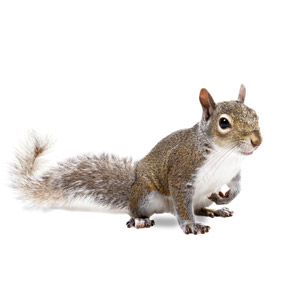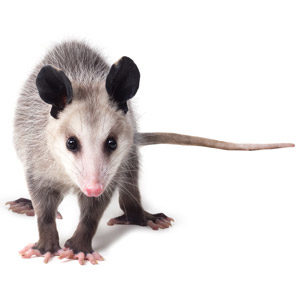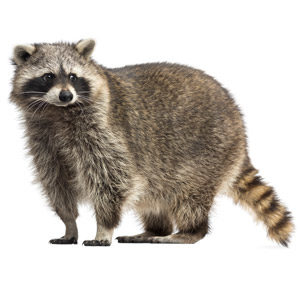Description
| Size | Head and body 8-10 inches long; bushy tails 7.5-10 inches long. |
| Color | Gray, grayish brown, reddish |
| Body Structure | Squirrels are small to medium-sized rodents. Species vary in color from reddish brown to gray, but they all typically have a lighter colored undercoat. Squirrels also have big eyes and bushy tails. |
| Habitat & Behavior | Squirrels build two types of nests: nests in tree cavities and leaf nests called, “dreys”. They often use the same nest they make in the summer to get them through winter. Shared squirrel nests are typically segregated by gender, although some squirrel species may have mixed genders when a mother is still caring for her young. Most squirrels do not hibernate, however they may sleep through very cold days and forage on warm, sunny days. Squirrels are very shy but if you attempt to remove a nest, they may bite and attack, especially if their young are present. |
| Commonly Active | Spring / Summer / Fall / Winter |
| Prevention & Treatment | Squirrels aren’t dangerous but they can wreak havoc in your home and in your garden. Since there is a large population of squirrels in the Pacific Northwest, exclusion is the most effective way of preventing rodents. Attic vents should be covered and other openings sealed. Also, fallen fruit should be picked up and bird feeders should be kept away from the home to keep squirrels away. If you’re dealing with squirrels, repellents, trapping, and removal are effective forms of dealing with current squirrel infestations. |


